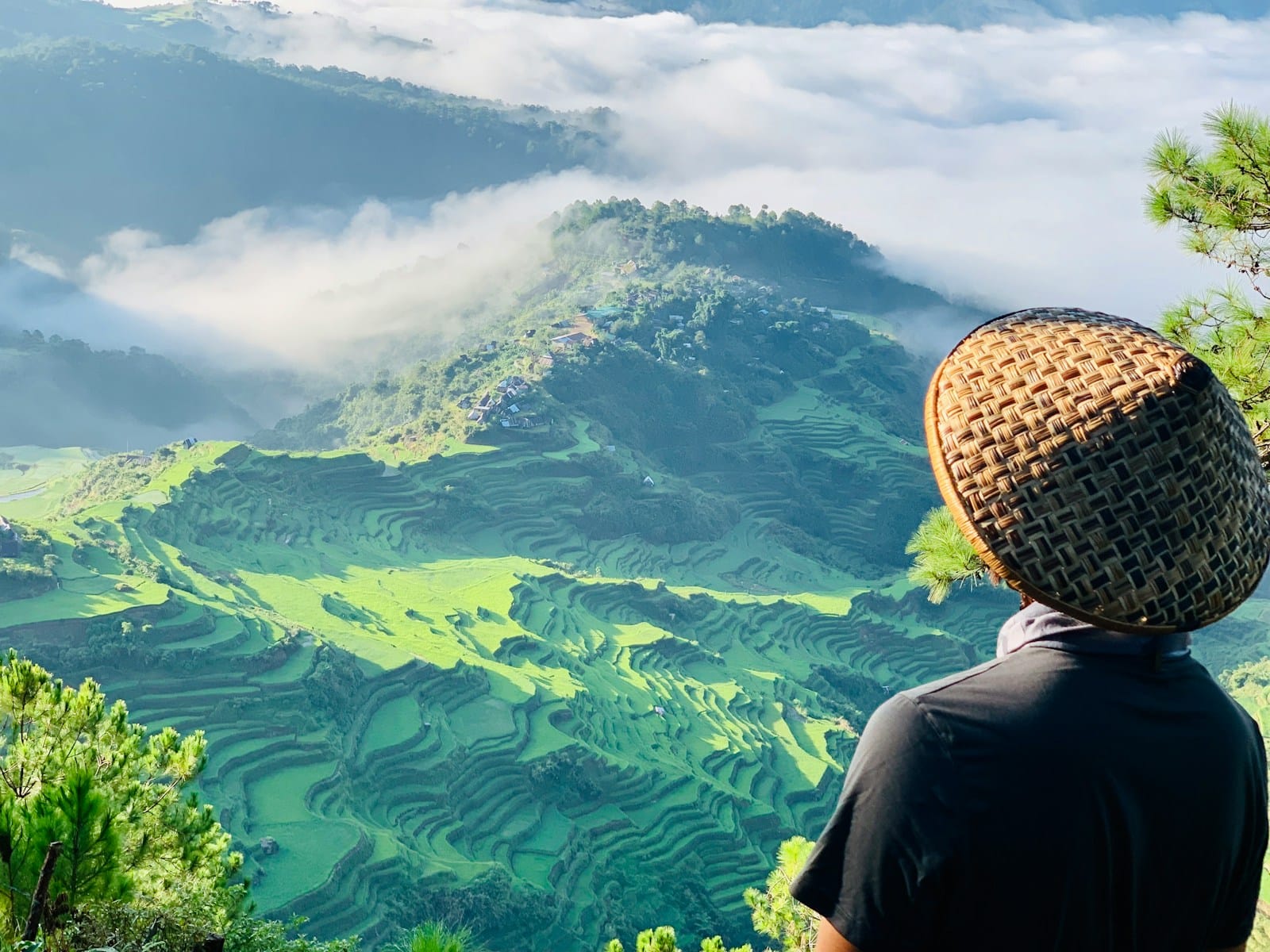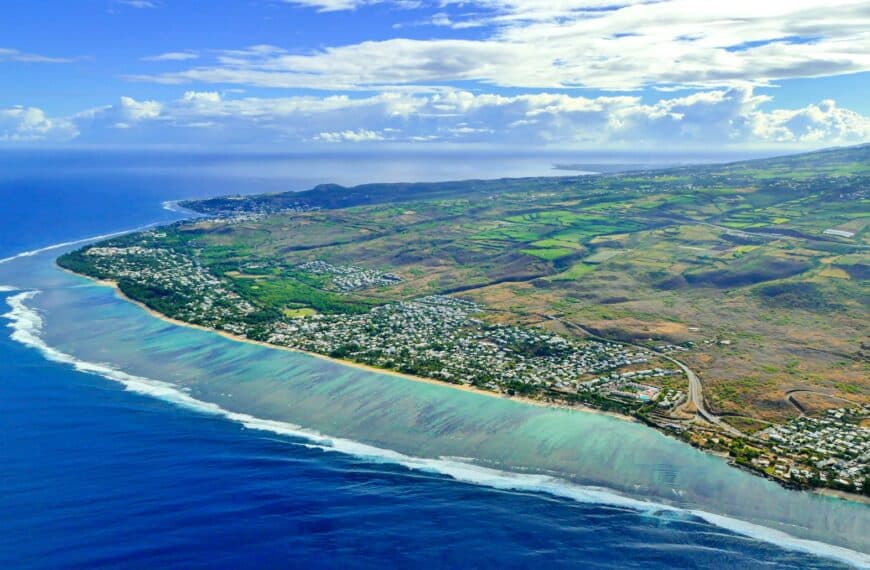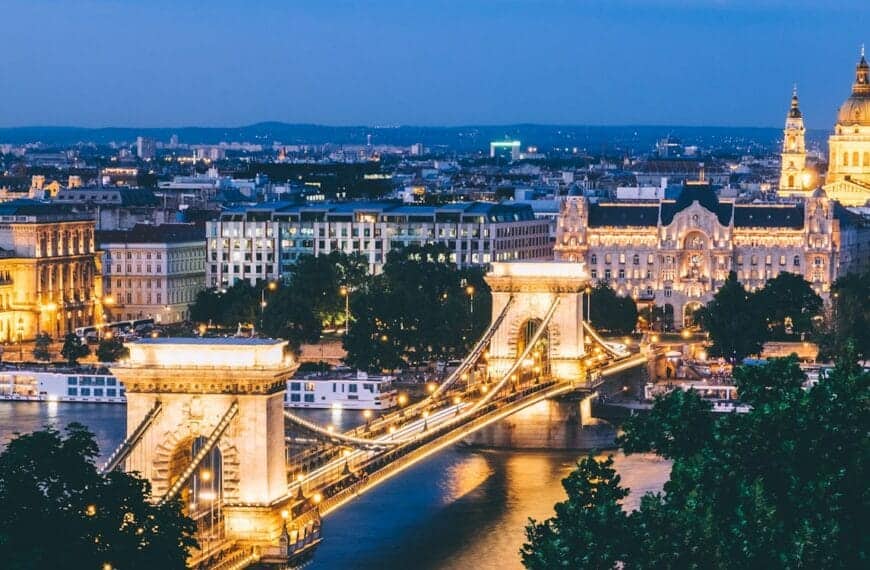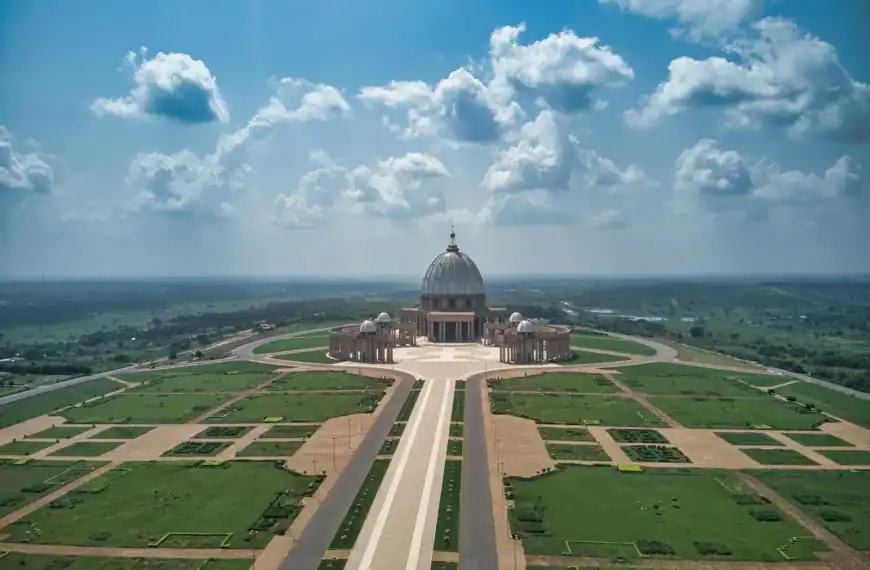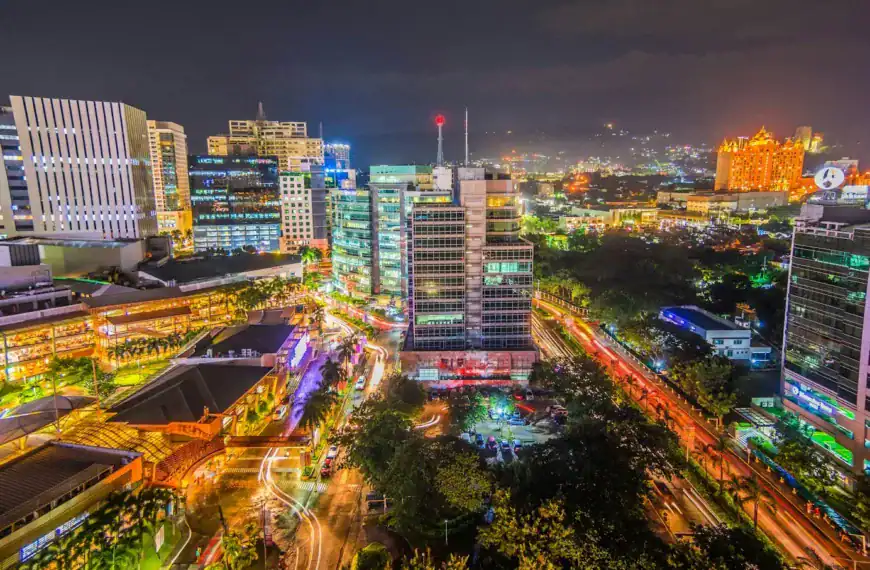Philippines Travel Guide: Explore the Islands with Heart
Intro to Philippines Travel Guide
From powder-soft beaches and jungle-cloaked volcanoes to historic cobblestone streets and vibrant food markets, the Philippines is an archipelago built for adventure. With over 7,000 islands scattered across the Pacific, this Southeast Asian gem invites travelers to dive into crystalline waters, uncover ancient tribal cultures, and experience world-class hospitality rooted in community and tradition.
What sets the Philippines apart isn’t just its diversity—but the warmth with which it’s offered. English is widely spoken, budget travel is easy, and every region reveals a distinct blend of history, geography, and flavor.
Start planning your trip with our complete Philippines Tour Guide – explore stunning beaches, immerse yourself in vibrant culture, and discover the best that the Philippines has to offer.
Best Places in Philippines
Baguio | Bohol | Boracay | Cebu | Coron | Davao | El Nido | Iloilo |Manila | Palawan (Puerto Princesa) | Puerto Galera | Siargao | Vigan
💡Quick Facts:
Destination: Philippines
Continent: Asia
Country: Republic of the Philippines
Administrative Divisions: 17 regions, subdivided into 82 provinces
Area: 300,000 km² (115,831 mi²)
Population: ~114 million
Density: ~380 people per km²
Capital: Manila (official); Quezon City is the largest city
Regions/Subregions: Luzon, Visayas, Mindanao
Official & Regional Languages: Filipino (based on Tagalog) and English (official); major regional languages include Cebuano, Ilocano, Hiligaynon, Waray, Kapampangan
Currency: Philippine Peso (PHP, ₱)
Time Zone(s): Philippine Time (UTC+8, no daylight saving)
Airports: Ninoy Aquino International (MNL, Manila), Mactan–Cebu International (CEB), Clark International (CRK), Davao International (DVO), Kalibo International (KLO)
Climate: Tropical maritime – hot and humid; dry season Dec–May, wet season Jun–Nov; typhoon-prone
Known For: White-sand beaches, rice terraces, volcanoes, coral reefs, fiestas, jeepneys, Spanish colonial heritage
🛂Arrival Info:
Visa Policy: Visa-free for 150+ countries (including U.S., EU, UK, Canada, Australia) for 30 days
Visa Required: For non-exempt countries; long-stay visas available
Visa on Arrival: Extensions possible up to 59 days, longer with special permits
Max Tourist Stay: 30 days (visa-free); extendable to 36 months for some nationalities
Onward Travel: Proof of onward/return ticket required
Immigration Authority: Bureau of Immigration Philippines
🏥Health Info:
Vaccines Required: None for entry
Vaccines Recommended: Routine immunizations, Hepatitis A, Typhoid, Japanese Encephalitis (for rural stays), Rabies (for long-term travel)
Health Risks: Dengue, malaria (rural Palawan, Mindanao), leptospirosis during floods
Hospitals: Major hospitals in Manila, Cebu, Davao; limited facilities in rural areas
Insurance: Strongly recommended, including evacuation coverage
Emergency Number: 911 (nationwide)
🚑 Check travel insurance options for travel emergencies, delays, and medical needs abroad — Get coverage here
💉 Stay Informed with Official Updates: WHO – International Travel & Health | CDC – Travel health updates
🚨Travel Advisory:
Safety Level: Popular tourist areas generally safe; risks in some parts of Mindanao and Sulu Archipelago
Petty Crime: Pickpocketing, scams in Manila, Cebu, Boracay
Natural Risks: Typhoons (Jun–Nov), earthquakes, volcanic activity, flooding
🌍Track Real-Time Official Updates: US Travel Advisory | UK Foreign Travel Advice | Government of Canada | NZ SafeTravel
🥳Holidays:
New Year’s Day: Jan 1
Holy Week (Semana Santa): Mar/Apr (dates vary)
Independence Day: Jun 12
National Heroes Day: Aug (last Monday)
All Saints’ Day: Nov 1
Christmas Day: Dec 25
(Local: Sinulog Festival in Cebu Jan, Ati-Atihan Festival in Kalibo Jan, Panagbenga Flower Festival in Baguio Feb)
💰Visitor Info:
Currency: Philippine Peso (PHP, ₱)
Cards & ATMs: ATMs common in cities; cash preferred in rural areas and small towns
Tipping: 10% in restaurants if not included; small tips for porters/drivers
Tourist Taxes: Terminal fees sometimes included in tickets; environmental fees in Boracay, Palawan
Average Budget: $30–50 (budget), $60–120 (mid-range), $150+ (luxury)
🛫Airports:
Ninoy Aquino International (MNL): Main international hub, Manila
Mactan–Cebu (CEB): Gateway to central Philippines
Clark International (CRK): Alternative to Manila, north Luzon
Davao International (DVO): Southern Mindanao hub
Kalibo (KLO): Access to Boracay Island
🧳 Delayed or canceled flight? Check if you’re eligible for compensation
🚍Transport:
Local Transit: Jeepneys, tricycles, buses, taxis, Grab (ride-hailing app)
Domestic Flights: Frequent between islands; budget carriers include Cebu Pacific, AirAsia, PAL Express
Ferries: Inter-island travel via ferries (2Go Travel, Montenegro Lines)
Driving Laws: Right-hand traffic; challenging roads; IDP recommended
🚗 Book reliable airport transfers and in-city rides in advance. Reserve your ride here
🛰️Connectivity:
Mobile Networks: Globe Telecom, Smart Communications, DITO
Coverage: Good in major cities; weaker on remote islands
eSIM Options: Available from global providers (Airalo, Holafly); local SIMs cheap and widely sold
Public Wi-Fi: Hotels, cafes, malls, airports; often slow/unreliable in rural areas
🛜 Stay connected abroad with affordable eSIM data packs. Get your eSIM here
📜Laws & Etiquette:
Drinking Age: 18
Smoking Laws: Banned indoors and in public places in major cities
Dress Code: Casual, light clothing; modest attire in churches and rural villages
Etiquette: Use polite greetings (“po” and “opo” show respect); avoid public confrontation
LGBTQ+ Safety: Manila and Cebu LGBTQ+ friendly; rural areas more conservative
👮Emergency Info:
Emergency Number: 911 (nationwide)
Tourist Info: Philippines Department of Tourism
🗺️US/UK Embassies Abroad: US Embassies | UK Embassies
🏛️ Embassy locator tools: Embassies Worldwide
🌞Weather:
Dry Season (Dec–May): Sunny, 24–35°C (75–95°F), peak tourist season
Wet Season (Jun–Nov): Heavy rains, 25–32°C (77–90°F), typhoon risk
Best Time to Visit: Dec–Apr for dry, sunny weather and festivals
Regional Variation: Baguio and Cordillera cooler (15–25°C / 59–77°F); Palawan and Visayas hotter and more humid
🌦️ Stay prepared—check the weather forecast for your destination — Weather Forecast
Discover the Philippines Region by Region
Luzon
- Manila – The sprawling capital mixes Spanish-era Intramuros with modern malls and a thriving nightlife. Museums and street food tours provide insight into the country’s dynamic culture.
- Banaue & Batad Rice Terraces – UNESCO-listed terraces carved into the mountains 2,000 years ago. Treks reveal stunning landscapes and remote Ifugao villages.
- Mount Mayon (Albay) – Known as the world’s most perfect cone volcano, with hiking trails and viewpoints.
Palawan
- El Nido – Limestone cliffs, turquoise lagoons, and island-hopping tours define this paradise.
- Coron – Famous for WWII shipwreck diving, hidden lakes, and hot springs.
- Puerto Princesa – Home to the Puerto Princesa Subterranean River, a UNESCO World Heritage site.
Visayas
- Cebu – Offers a mix of city culture, whale shark encounters in Oslob, and nearby island-hopping to Malapascua and Moalboal.
- Bohol – Known for the Chocolate Hills, Tarsier Sanctuary, and Loboc River cruises.
- Boracay – Recently rejuvenated, this island is famed for White Beach sunsets, water sports, and nightlife.
- Iloilo & Guimaras – Cultural centers with Spanish churches and the sweetest mangoes in the world.
Mindanao
- Davao – A gateway to Mount Apo (the Philippines’ tallest peak) and famous for durian fruit.
- Siargao – The surfing capital, with world-class waves, tidal pools, and palm-fringed roads.
- Camiguin – A volcanic island with hot springs, waterfalls, and sunken ruins.
Can’t-Miss Places in the Philippines
- Manila’s Intramuros – A walled city preserving Spanish colonial architecture and churches.
- Rice Terraces of Banaue & Batad – Ancient, breathtaking landscapes that showcase Filipino ingenuity.
- El Nido & Coron (Palawan) – Among the world’s most beautiful island destinations.
- Boracay – Iconic for its powdery White Beach and lively bar scene.
- Bohol’s Chocolate Hills – Thousands of grassy mounds that turn brown in dry season.
- Cebu Whale Sharks – Swim with gentle giants in Oslob or explore diving sites nearby.
- Siargao – Known for Cloud 9 surf break and island-hopping adventures.
- Davao & Mount Apo – Hike through pine forests and Indigenous communities.
- Puerto Princesa Underground River – Navigate limestone caves in one of the world’s longest subterranean rivers.
- Camiguin’s Sunken Cemetery – A hauntingly beautiful site marked by a cross rising from the sea.
How to Decide Where to Travel in the Philippines
- Adventure Travelers – Hike volcanoes like Mayon and Apo, surf in Siargao, or trek rice terraces.
- Beach Lovers – Boracay, Palawan, and Malapascua offer some of the best stretches of sand.
- Cultural Explorers – Visit Iloilo for Spanish heritage, Vigan for colonial houses, or Manila for museums.
- Wildlife Seekers – Swim with whale sharks in Cebu, spot tarsiers in Bohol, or dive with manta rays in Tubbataha.
- Multi-Stop Journeys – Combine Manila with Palawan for nature, or Cebu with Bohol and Boracay for a classic Visayas island-hopping trip.
Getting Around the Philippines
Urban Transport
- Jeepneys – Colorful minibuses, cheap but crowded. A cultural experience, though routes can be confusing.
- Grab & Taxis – Ride-hailing apps work in cities like Manila and Cebu. Taxis should use meters.
- Light Rail (LRT/MRT) – Manila’s rail system is affordable but often crowded.
Inter-Island Travel
- Domestic Flights – The fastest way to cover long distances, with Cebu Pacific, AirAsia, and Philippine Airlines.
- Ferries – A lifeline between islands. 2Go Travel and OceanJet offer routes from Manila to Visayas and Mindanao.
- Buses & Vans – Connect provincial towns with larger cities.
Remote Travel
- Bangkas (outrigger boats) – Essential for island-hopping tours in Palawan, Bohol, and Visayas.
- Motorbike Rentals – Popular in Siargao, Bohol, and Camiguin for independent exploration.
Budgeting Your Trip to the Philippines
- Meals – Local eateries (carinderias) serve rice and viands for $2–4. Mid-range restaurants average $8–15, fine dining $30+.
- Lodging – Budget hostels cost $10–20, mid-range hotels $40–80, luxury resorts $200+.
- Transport – Jeepneys and buses cost less than $1–2 per ride. Domestic flights run $40–150 depending on distance.
- Tours – Island-hopping packages $15–40, whale shark tours $30–60, multi-day treks $200+.
When to Visit the Philippines
- Dry Season (December–May): Best weather, ideal for beaches and sightseeing. Expect crowds in Boracay and Palawan.
- Rainy Season (June–October): Frequent showers and typhoons, but lush landscapes and fewer tourists.
- Shoulder Months (November & May): Warm, less crowded, and good for surfing and festivals.
Festivals & Events in the Philippines
- Sinulog Festival (January, Cebu) – A colorful street parade with dance, costumes, and Catholic traditions.
- Ati-Atihan (January, Kalibo) – One of the oldest festivals, celebrating Santo Niño with tribal dances.
- Panagbenga (February, Baguio) – A flower festival with floats and parades in the mountain city.
- Kadayawan (August, Davao) – Celebrating harvests with tribal dances and fruit displays.
- Holy Week (March/April) – Processions, rituals, and reenactments across the country.
Must-Do Experiences in the Philippines
- Island-Hop in El Nido – Discover hidden lagoons, caves, and beaches by outrigger boat.
- Swim with Whale Sharks in Cebu – An unforgettable wildlife encounter.
- Dive WWII Shipwrecks in Coron – A paradise for divers with sunken warships.
- Trek Batad Rice Terraces – Hike through stone-walled terraces and waterfalls.
- Surf Siargao’s Cloud 9 – Ride world-class waves or enjoy island bike tours.
- Snorkel Tubbataha Reef – A UNESCO-listed marine park, rich in sharks, turtles, and coral.
- Boracay Sunset – Watch the sky ignite while sailing on a paraw boat.
- Hike Mount Mayon or Apo – Challenge yourself on the country’s iconic volcanic peaks.
- Cruise the Loboc River (Bohol) – Dine aboard floating restaurants with live music.
- Explore Intramuros (Manila) – A walled Spanish quarter filled with history.
Make your trip unforgettable with curated Philippines tours and unique activities. Whether you’re after hidden lagoons, vibrant festivals, or volcano hikes, you’ll find plenty of things to do in the Philippines. Reserve in advance for smoother travel days. We may earn a commission if you book through our links — at no extra cost to you.
Adventure and Water Activities in the Philippines
- Diving – Coron’s wrecks, Tubbataha’s reefs, and Anilao’s macro life make it a diver’s paradise.
- Surfing – Siargao is the epicenter, but La Union and Baler also offer waves.
- Hiking – Batad rice terraces, Mount Pulag, and volcanic peaks challenge trekkers.
- Kayaking – Paddle through limestone lagoons in Palawan or around Camiguin’s coast.
National Parks & Outdoor Adventures
- Tubbataha Reefs Natural Park – A UNESCO World Heritage site, one of the top dive spots in the world.
- Puerto Princesa Subterranean River – A natural wonder with underground chambers and stalactites.
- Mount Apo Natural Park – The Philippines’ tallest mountain, with diverse ecosystems.
- Hundred Islands National Park (Pangasinan) – A cluster of islets ideal for day trips, snorkeling, and kayaking.
History & Heritage in the Philippines
- Intramuros (Manila) – Cobblestoned streets, churches, and Fort Santiago showcase Spanish colonial history.
- Vigan (Ilocos Sur) – UNESCO-listed town with preserved Spanish-era architecture.
- Baroque Churches of the Philippines – Four UNESCO-listed churches blending European and Asian styles.
- Corregidor Island – A WWII site near Manila with ruins and memorials.
- Magellan’s Cross (Cebu) – A symbol of the country’s Christian heritage.
Suggested Itineraries for the Philippines
3-Day Itinerary
Day 1: Explore Manila’s Intramuros and Rizal Park, then enjoy a food tour.
Day 2: Fly to Palawan and join an island-hopping tour in El Nido.
Day 3: Visit lagoons and secret beaches before flying back to Manila.
5-Day Itinerary
Day 1: Tour Manila’s heritage districts.
Day 2: Fly to Cebu, explore the city, and sample lechon.
Day 3: Swim with whale sharks in Oslob, then relax in Moalboal.
Day 4: Ferry to Bohol for Chocolate Hills and tarsier sanctuaries.
Day 5: Return to Manila or fly to Boracay for an extension.
7-Day Itinerary
Day 1: Explore Manila’s highlights.
Day 2: Fly to Palawan for island-hopping.
Day 3: Visit lagoons and beaches in El Nido.
Day 4: Travel to Coron, explore shipwrecks and Kayangan Lake.
Day 5: Relax in hot springs or island-hop in Coron.
Day 6: Fly to Cebu, swim with whale sharks, or visit waterfalls.
Day 7: Return to Manila for shopping and departure.
10-Day Itinerary
Day 1: Tour Manila and Intramuros.
Day 2: Fly to Banaue, trek rice terraces and Batad.
Day 3: Continue exploring Ifugao villages, return to Manila.
Day 4: Fly to Palawan, begin El Nido island-hopping.
Day 5: Explore lagoons, caves, and beaches.
Day 6: Travel to Coron for wreck diving.
Day 7: Kayangan Lake and island tours in Coron.
Day 8: Fly to Cebu, visit whale sharks and Moalboal.
Day 9: Ferry to Bohol for Chocolate Hills and rivers.
Day 10: Return to Manila for final shopping and departure.
Unique Stays & Accommodations
- Beachfront Resorts in Boracay – Ranging from budget hostels to luxury villas.
- Eco-Lodges in Palawan – Rustic cabins with minimal impact and maximum natural immersion.
- Rice Terrace Homestays (Banaue & Batad) – Authentic village life surrounded by terraced fields.
- Siargao Surf Camps – Laid-back hostels and boutique surf lodges.
Eating in the Philippines: What to Try
- Adobo – Pork or chicken stewed in soy sauce, vinegar, and garlic.
- Lechon – Roast pig, a festive centerpiece, especially in Cebu.
- Kare-Kare – Oxtail stew in peanut sauce, often served with bagoong (shrimp paste).
- Halo-Halo – A colorful dessert of shaved ice, fruits, beans, and milk.
- Balut – A fertilized duck egg delicacy, often sold by street vendors.
- Street Food – Skewers of barbecued meat, fish balls, and kwek-kwek (fried quail eggs).
Staying Safe in the Philippines
- Weather Risks – Typhoons occur June–October; monitor forecasts.
- Health Precautions – Drink bottled water; bring mosquito repellent for dengue-prone areas.
- Transport Safety – Domestic flights and ferries are safe with reputable operators; avoid overcrowded boats.
- Cultural Etiquette – Filipinos are friendly and hospitable; respect local traditions and religious sites.
Final Planning Tips for the Philippines
- Visa Policy – Many countries receive 30 days visa-free; extensions available.
- Currency – Philippine Peso (PHP); ATMs are common, but cash is king in rural areas.
- Connectivity – SIMs available at airports; coverage strong in cities, weaker on remote islands.
- Language – Filipino and English widely spoken; regional dialects vary.
- Transport Apps – Grab works in major cities. Book flights and ferries well ahead in peak season.
- Packing – Lightweight clothes, swimsuits, reef-safe sunscreen, and trekking shoes.
Plan Smarter, Travel Better
The Philippines is an archipelago of adventures — where every island offers something new, from hidden lagoons to fiery volcanoes. Whether diving, hiking, or simply relaxing on a hammock with a halo-halo in hand, this Philippines travel guide ensures you’re ready to experience the country’s warmth and diversity.
Continue Your Journey Beyond the Philippines
- Indonesia – A short flight away, explore Bali, Java, or Komodo’s dragons.
- Vietnam – Rich in culture, cuisine, and natural wonders, from Halong Bay to Hoi An.
- Thailand – A natural extension for island-hopping and cultural exploration.
- Malaysia – Visit Kuala Lumpur’s towers, Penang’s food, or Borneo’s rainforests.
- Singapore – A modern hub perfect for short city breaks between island trips.
It’s Time to Experience the Philippines
With thousands of islands to choose from, the Philippines rewards every traveler with its blend of nature, culture, and heartwarming hospitality. From Manila’s historic streets to Palawan’s hidden lagoons and Siargao’s waves, each journey tells a story worth remembering.
Begin planning today with this Philippines travel guide and let the islands inspire your adventure.

